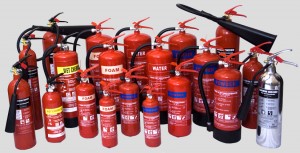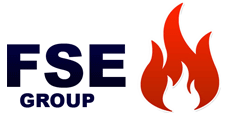Fire Extinguishers save lives and property!
 The Regulatory Reform (Fire Safety) Order 2005 placed a great responsibility on the owners and operators of businesses and in particular requires the provision of adequate fire precautions. The first step in this process is the Risk Assessment and then thereafter the implementation of actions to protect the building and persons who work in or use the premises. The frontline defence against fire is the Fire Extinguisher.
The Regulatory Reform (Fire Safety) Order 2005 placed a great responsibility on the owners and operators of businesses and in particular requires the provision of adequate fire precautions. The first step in this process is the Risk Assessment and then thereafter the implementation of actions to protect the building and persons who work in or use the premises. The frontline defence against fire is the Fire Extinguisher.
It is a requirement of the law that Fire Extinguishers are serviced annually by a “Competent Person” according to the procedures laid out in BS 5306-3
Supply & Service
FSE can supply and maintain all of your Fire Extinguisher requirements to BS 5306-3 2017 at market leading rates and help you with the selection of the correct units for your premises. There is a wide range of Fire Extinguishers available for all risks and with the ever changing facilities in modern businesses, choosing the correct extinguisher can be a real dilemma. As a local company we are just a call away.
So whether you need your extinguishers serviced or repaired, need new extinguishers for a new business, building or extension or guidance on the right type of extinguisher – we can help.
-
Assessments & Installations
-
Annual Servicing to BS 5306-3 2017
-
Service Agreements
-
Refilling & Recharge
-
Help, Advice and Guidance
